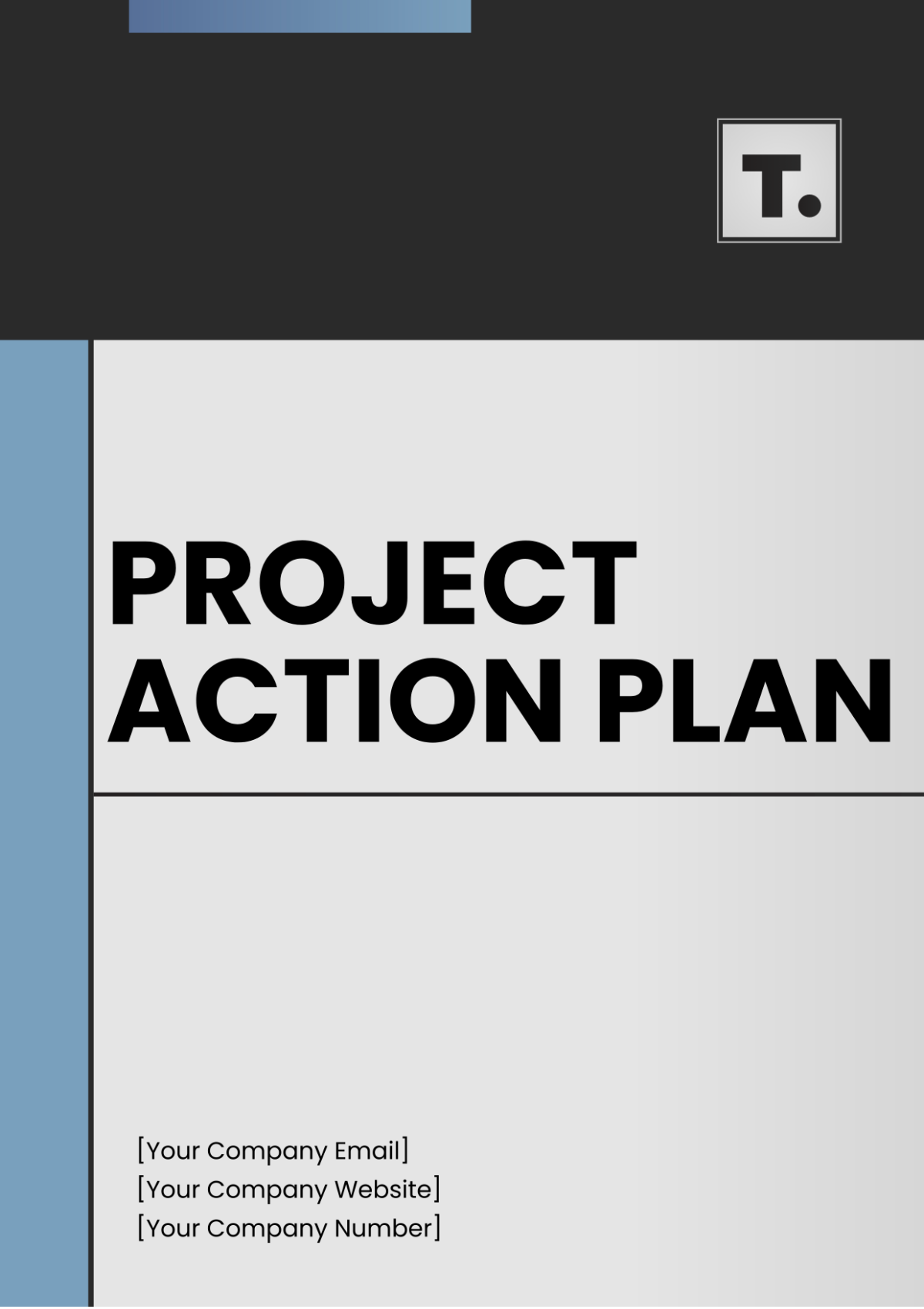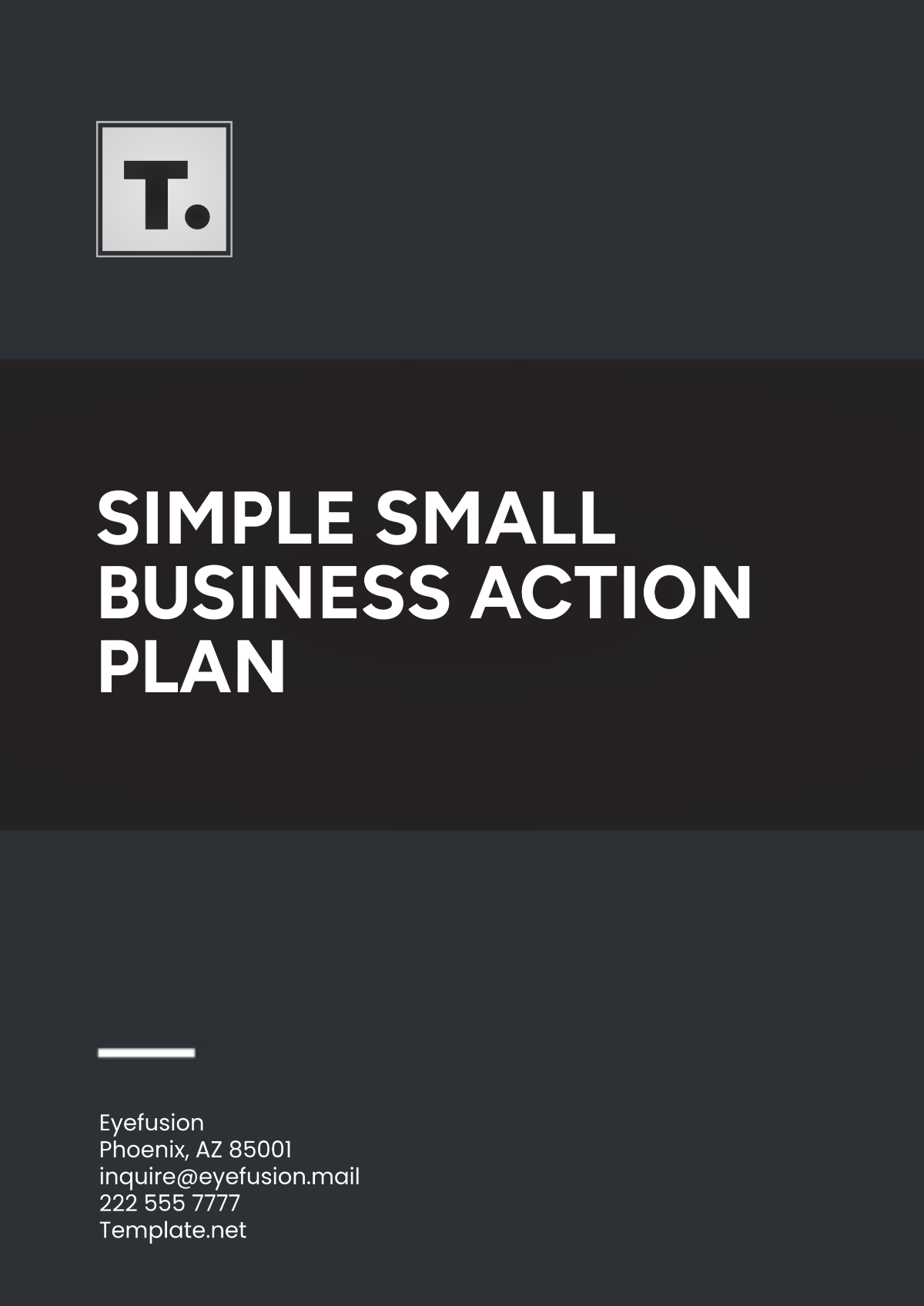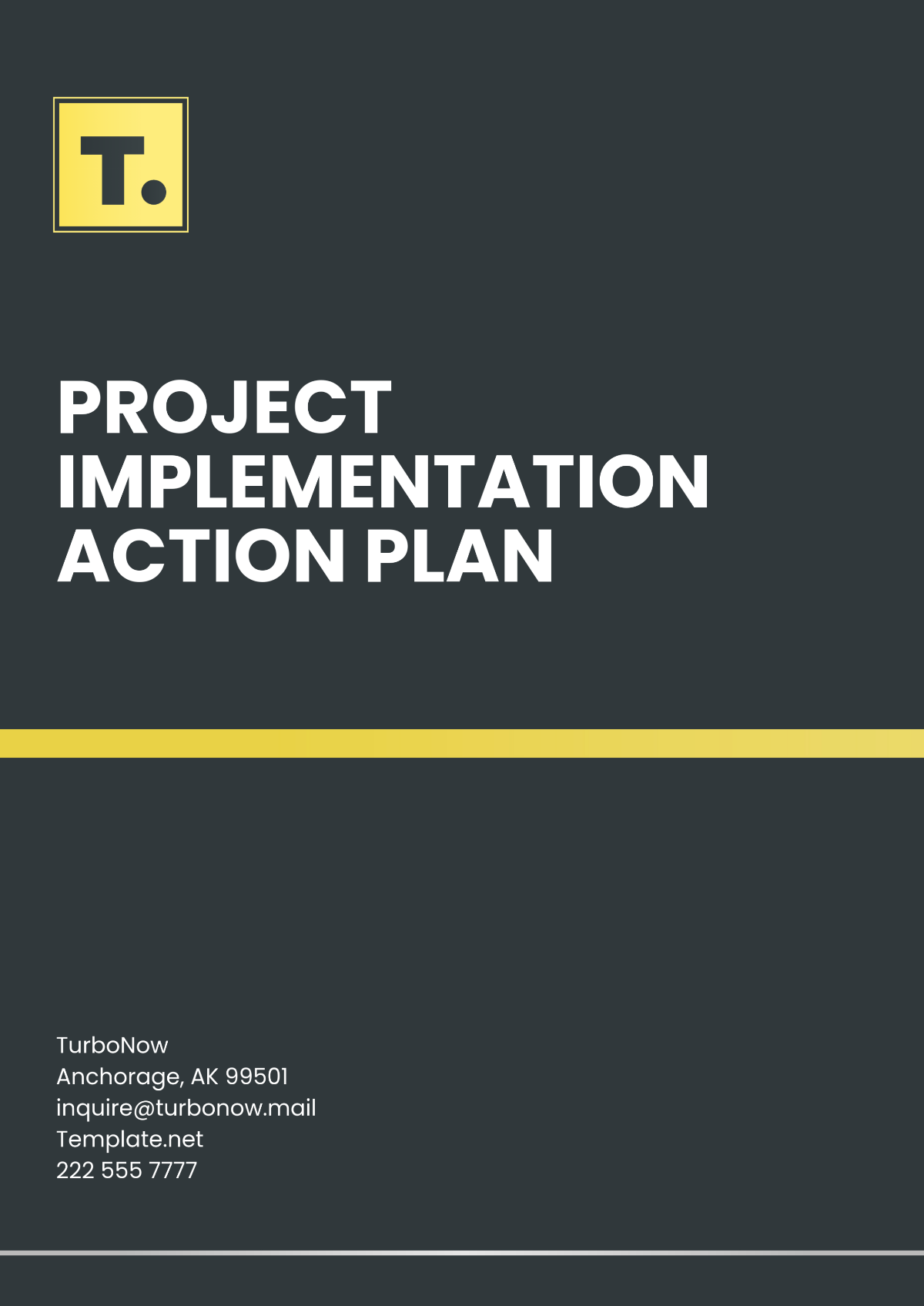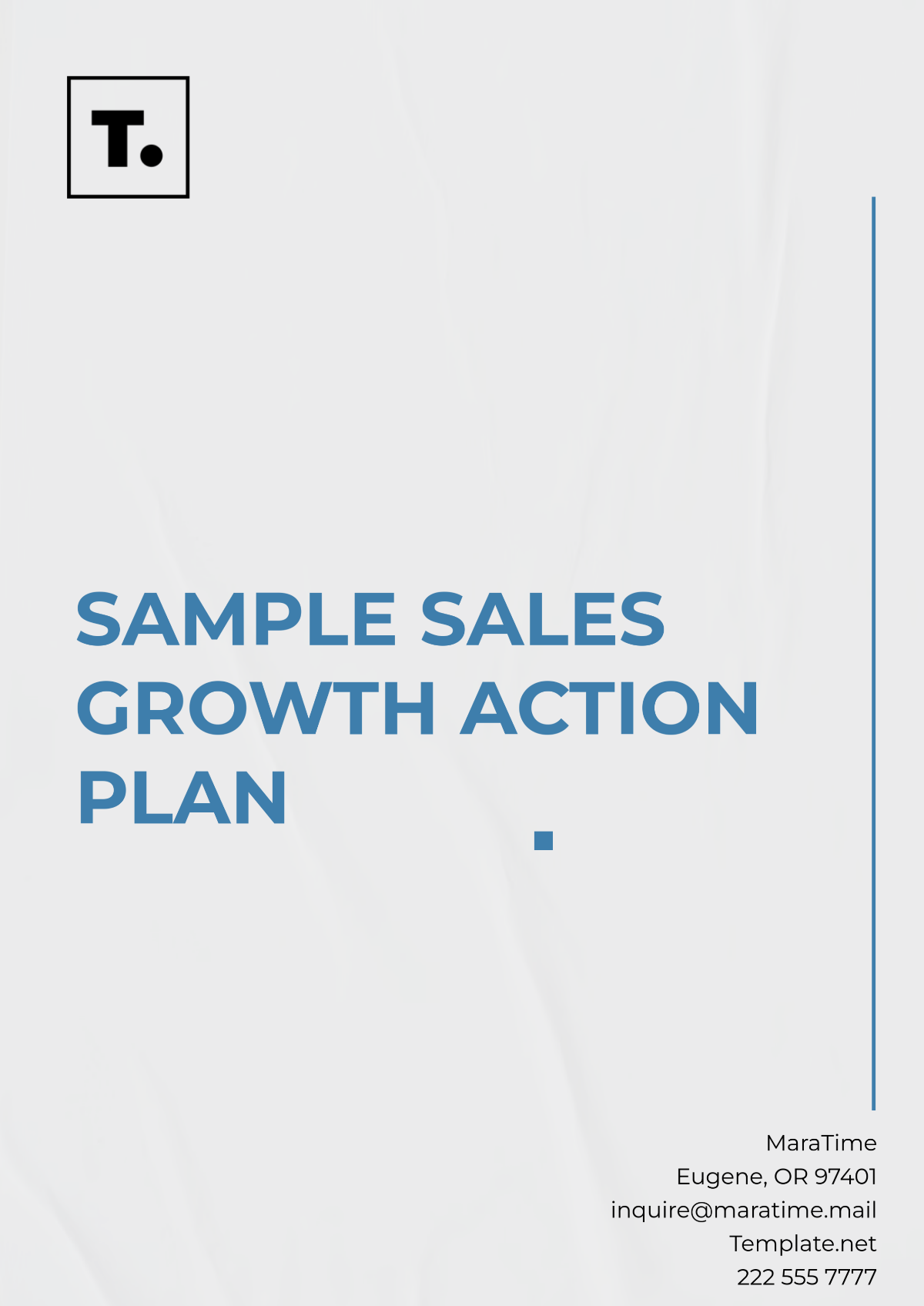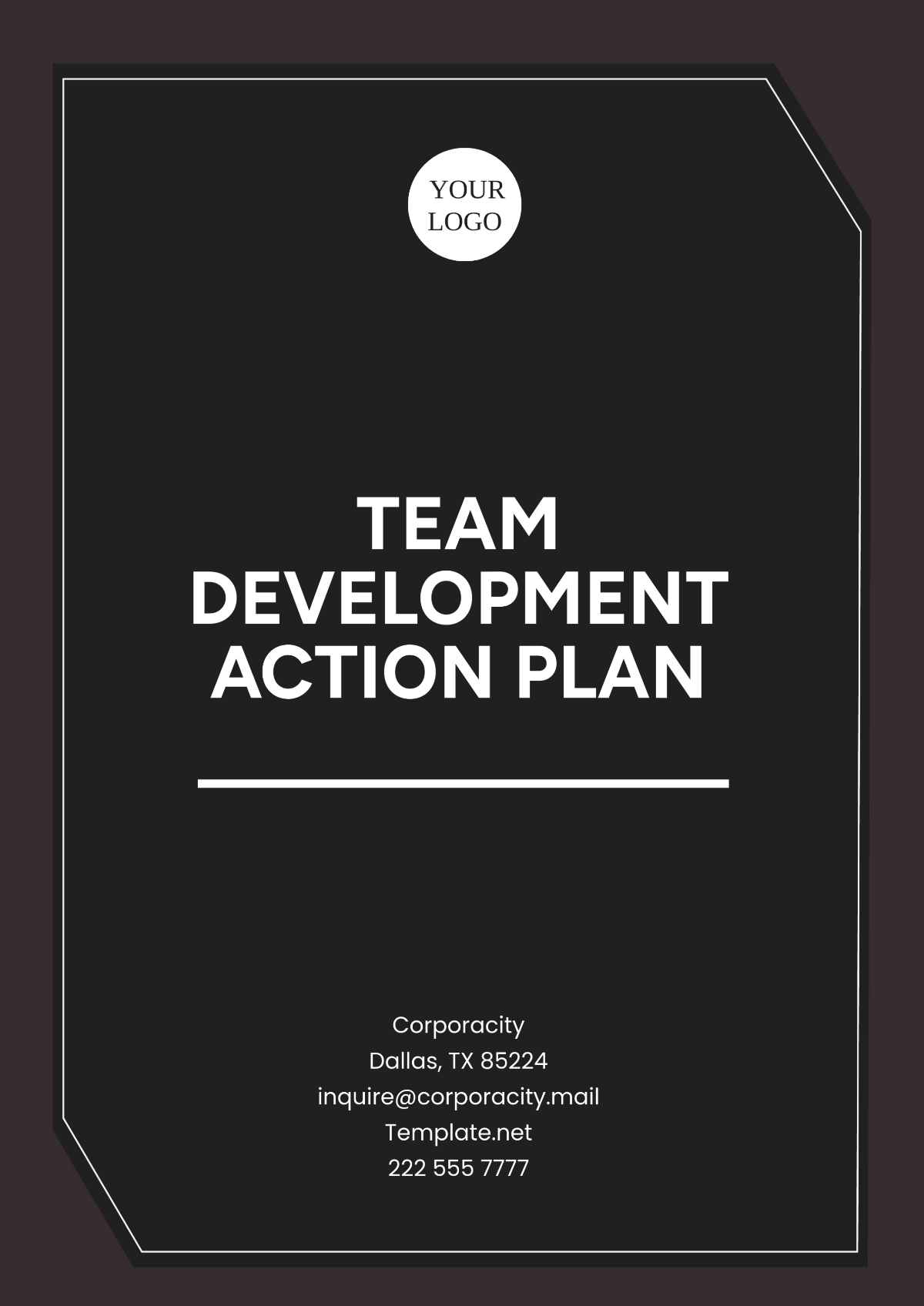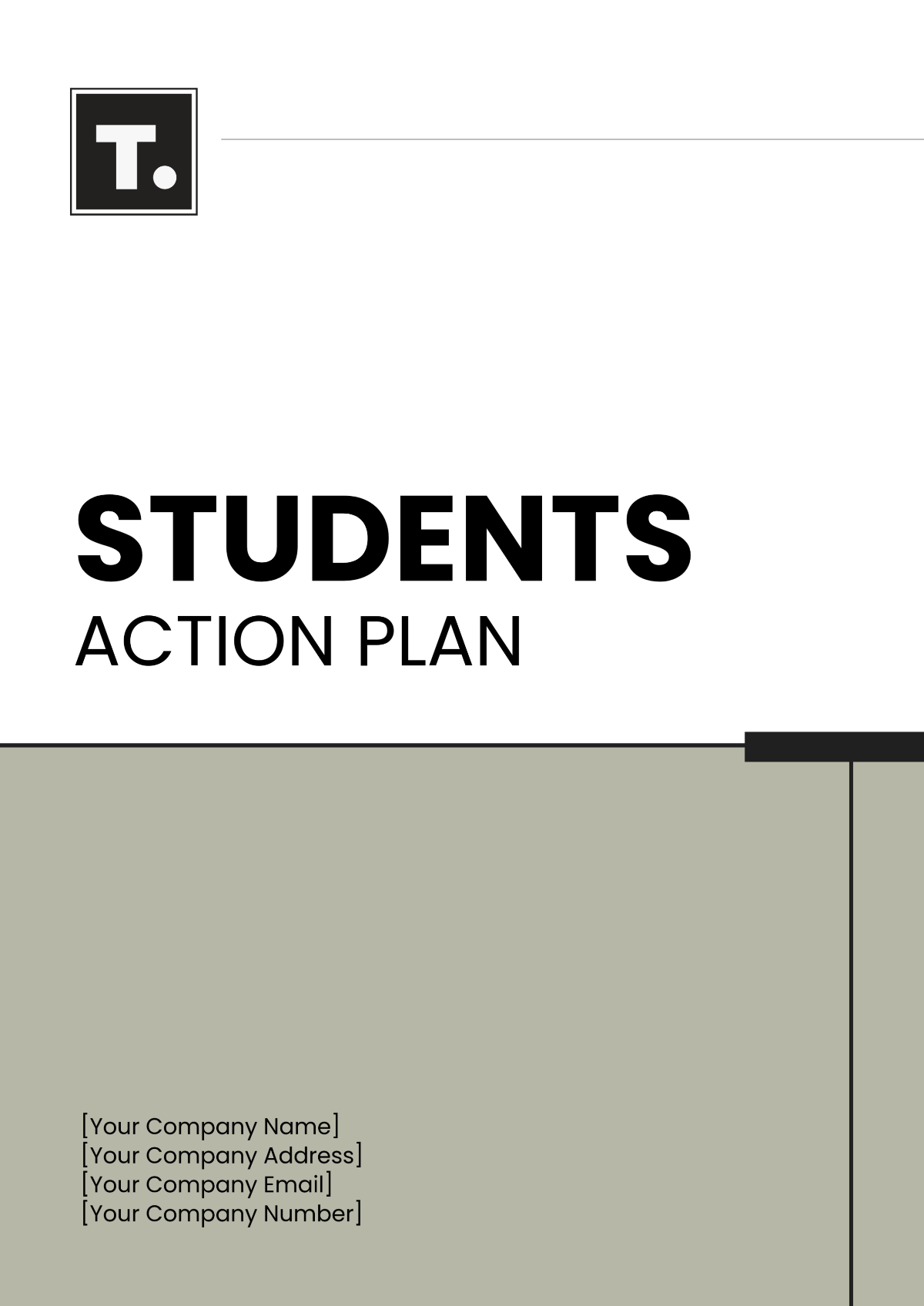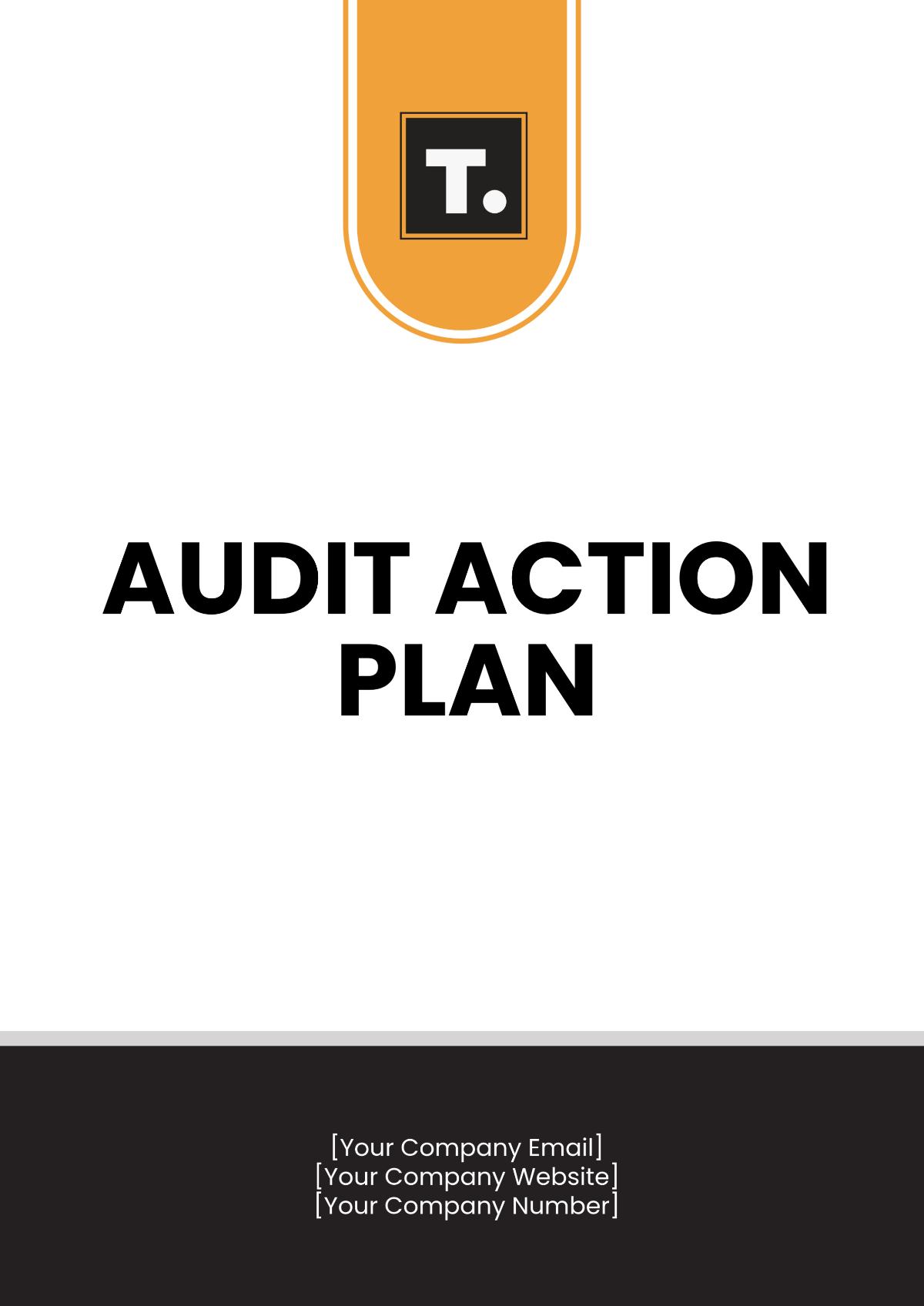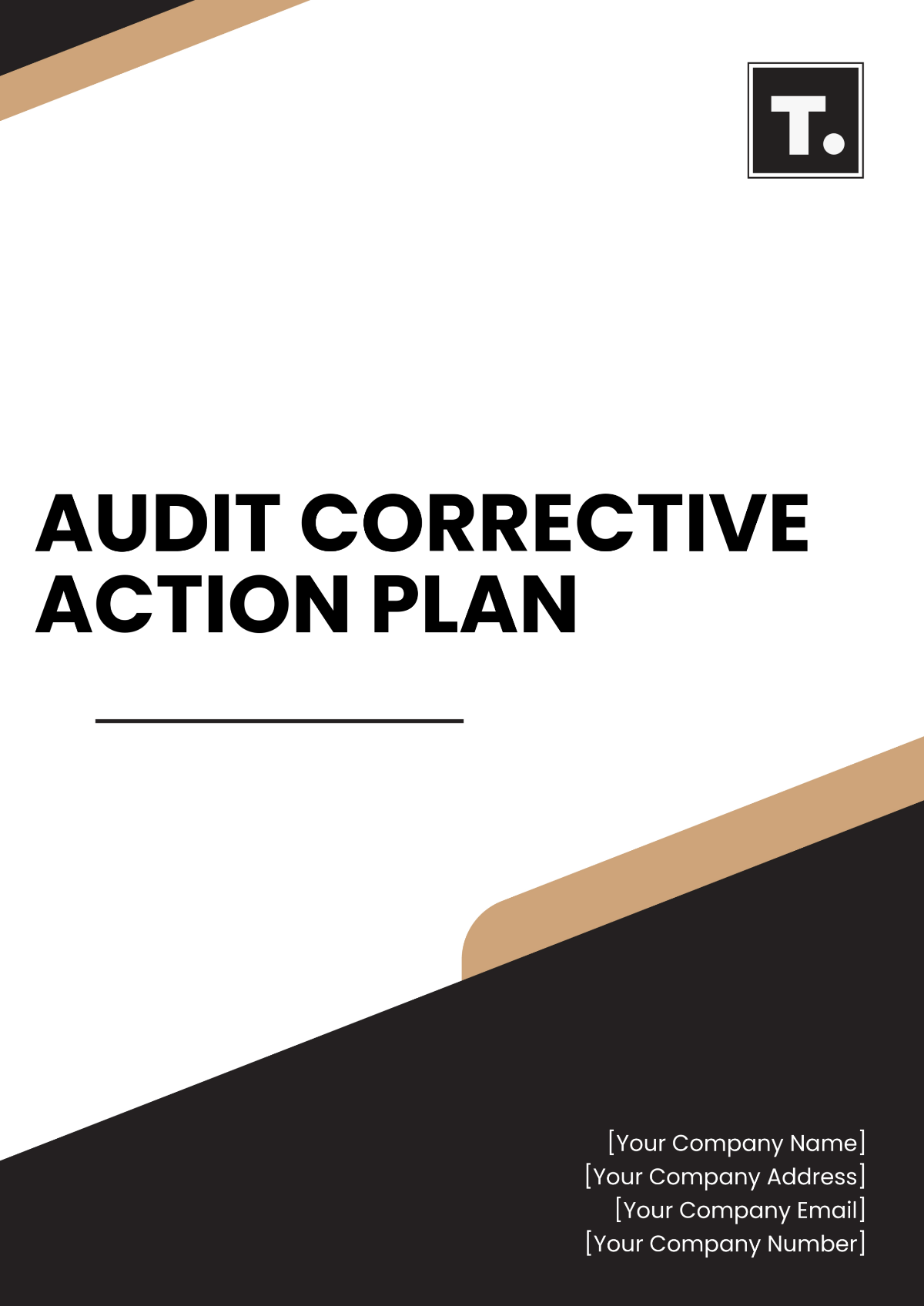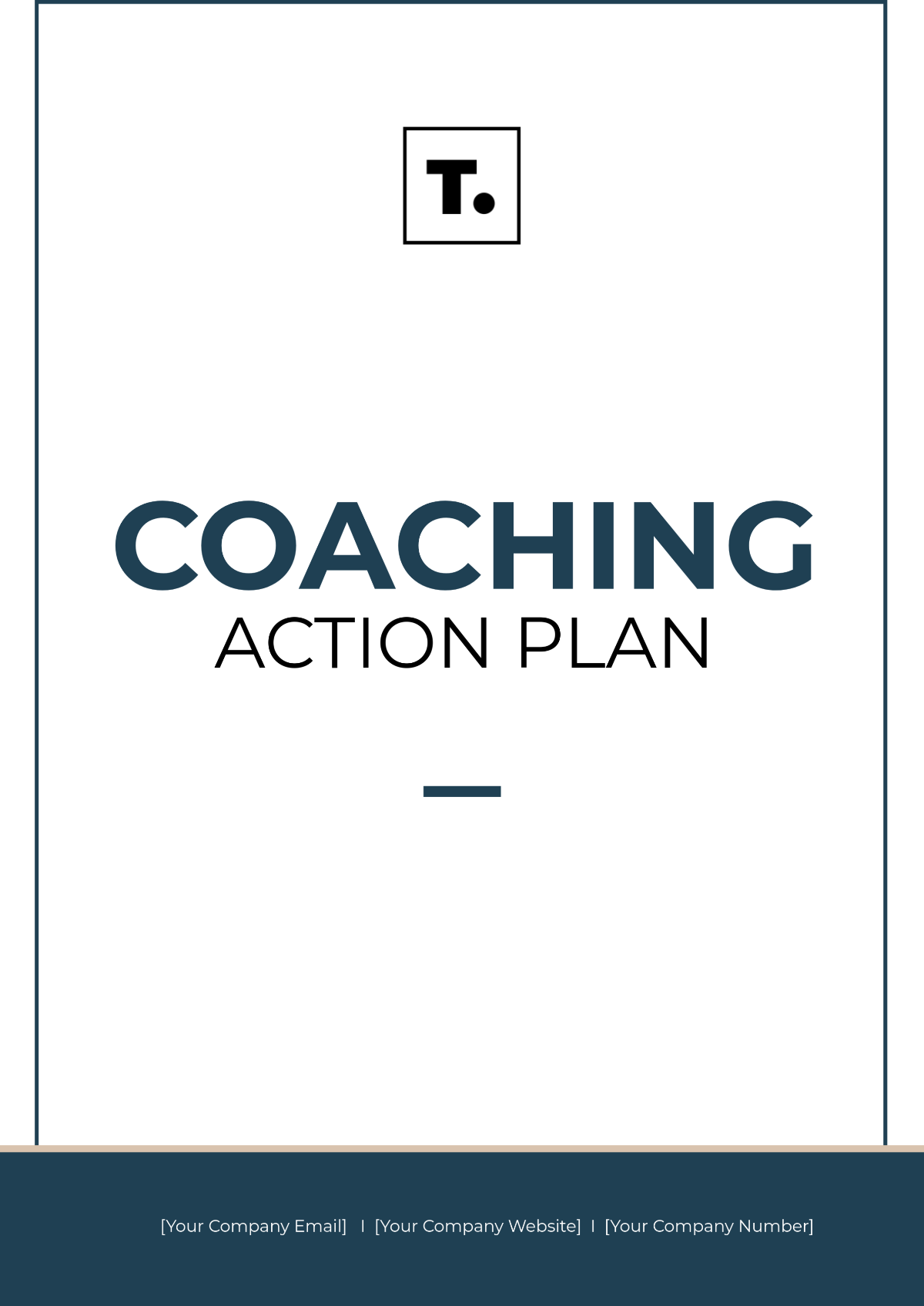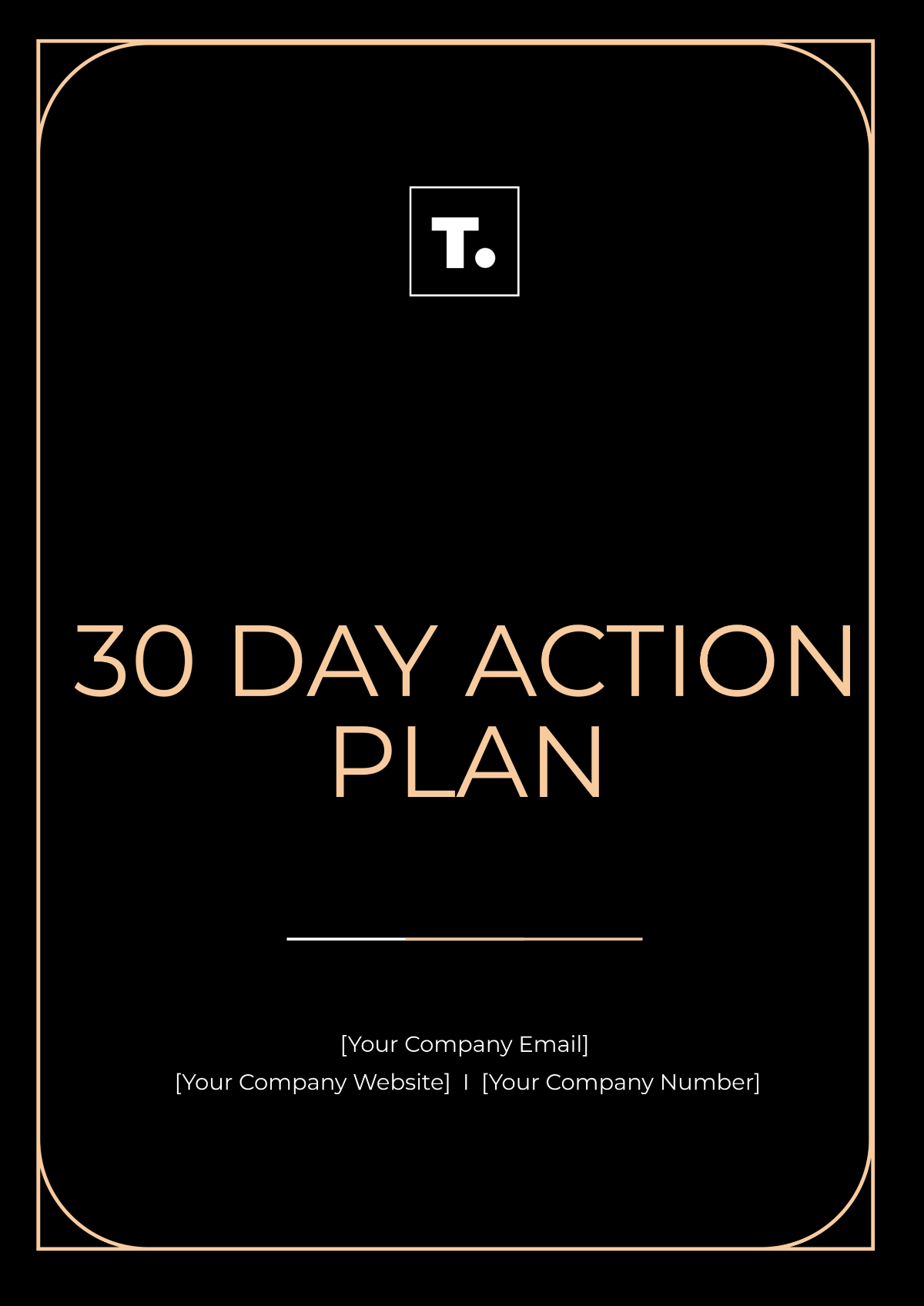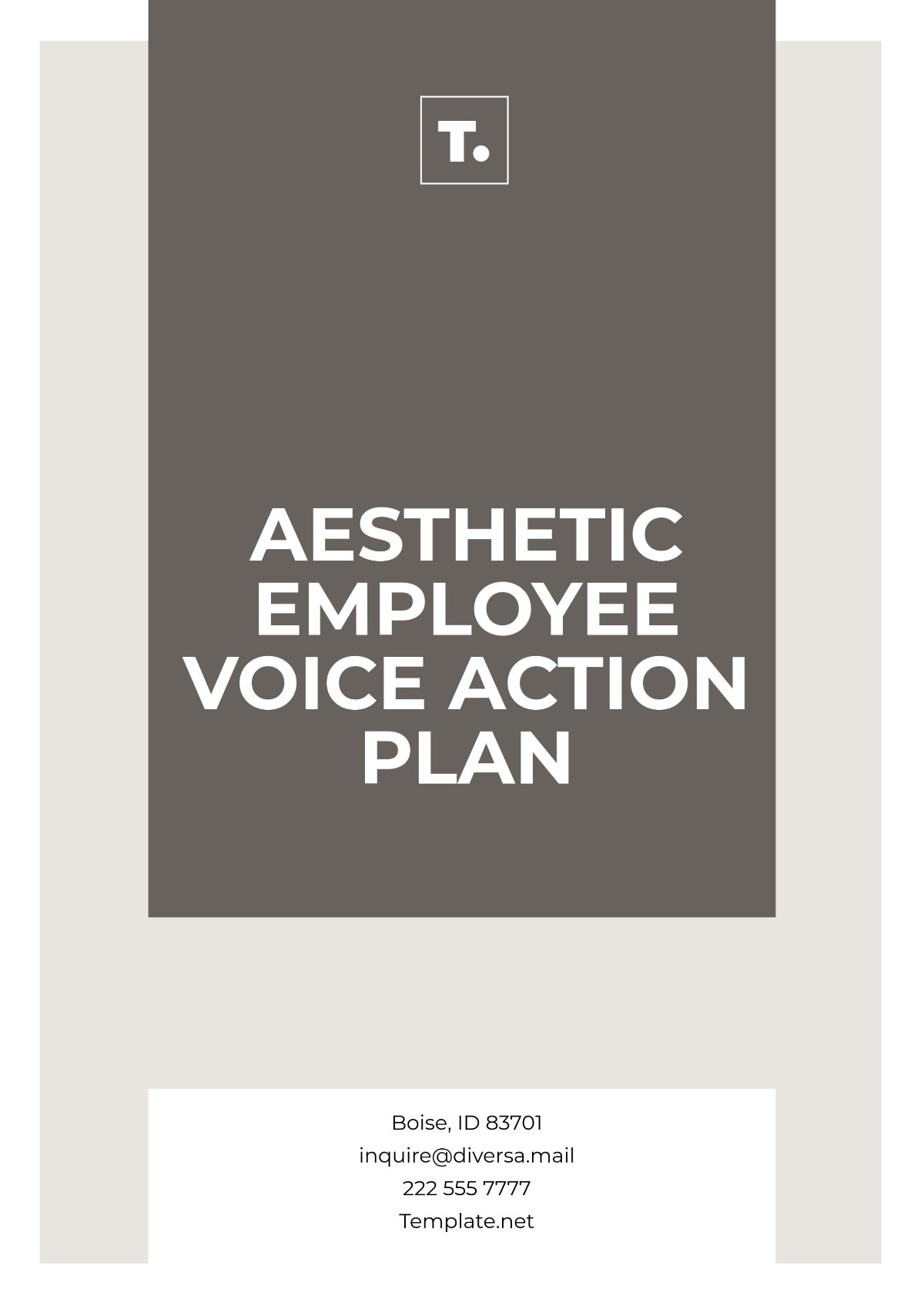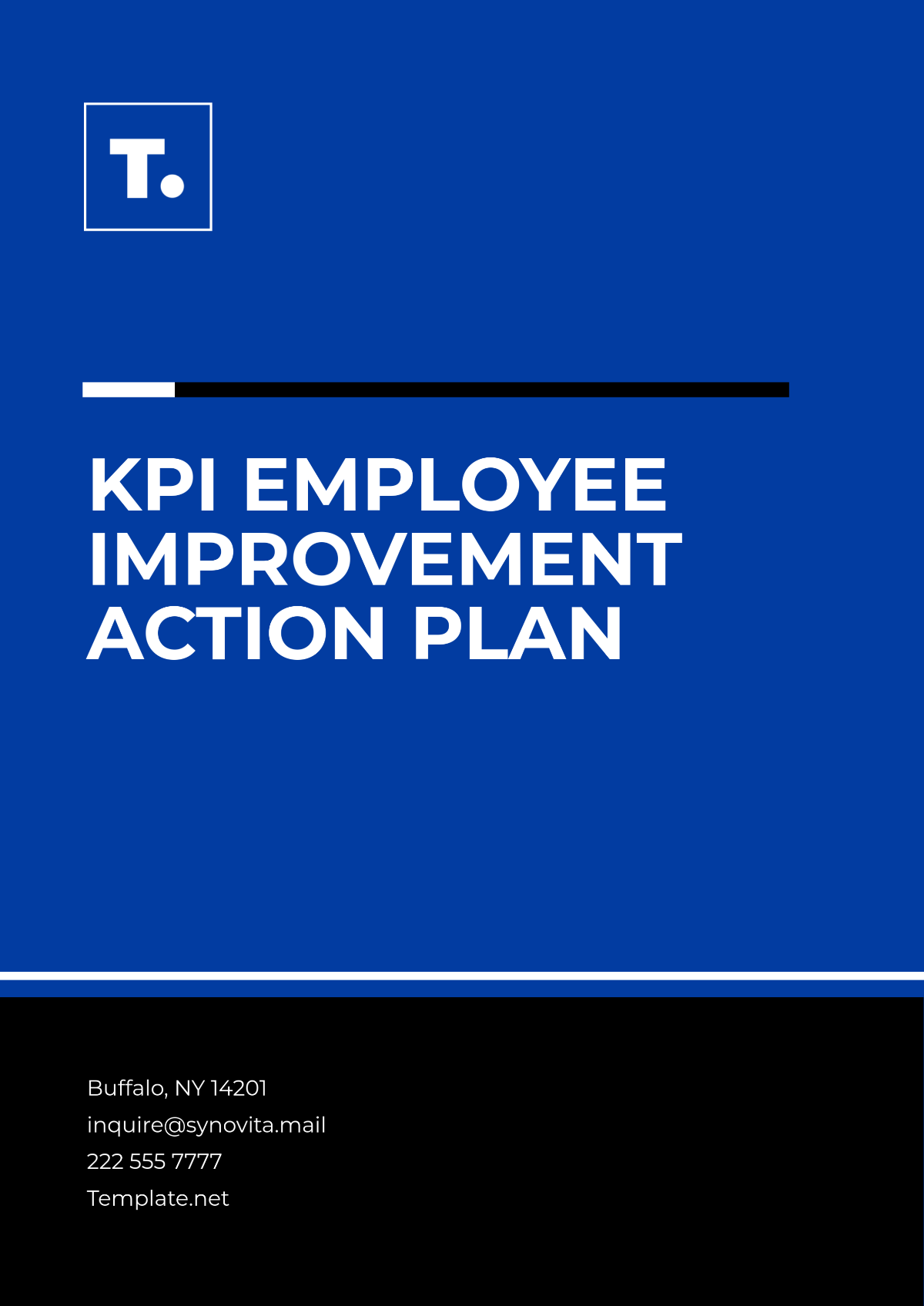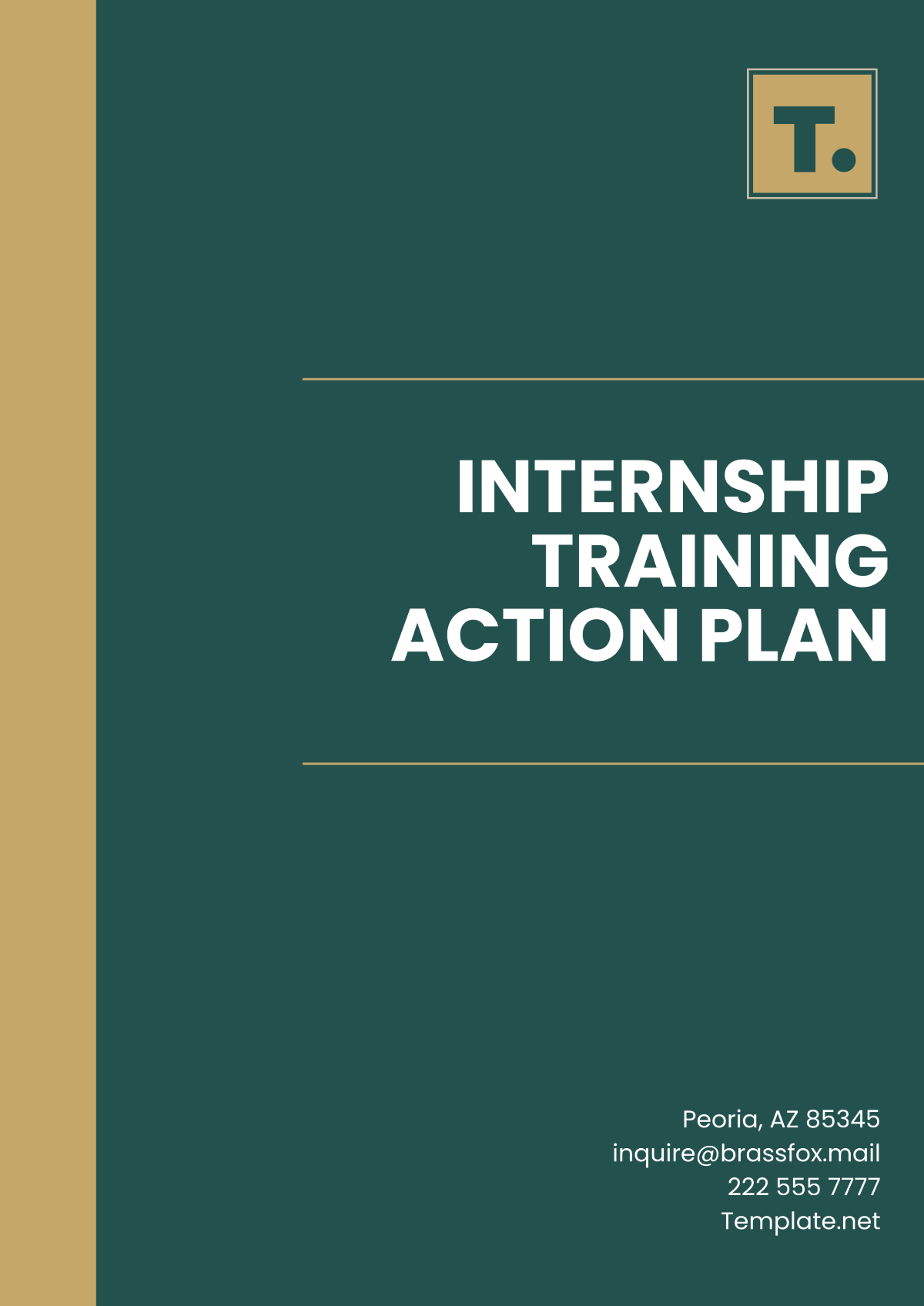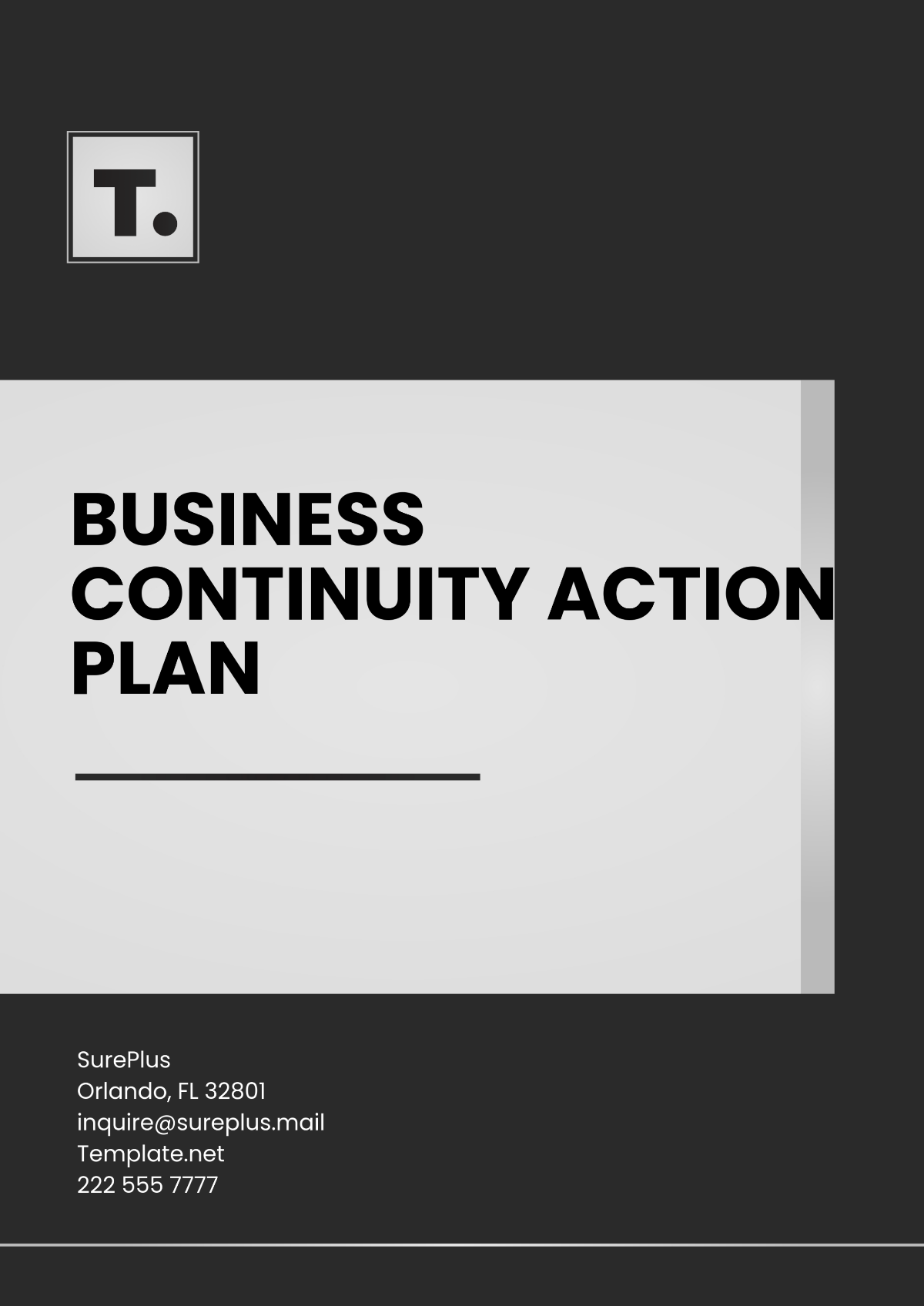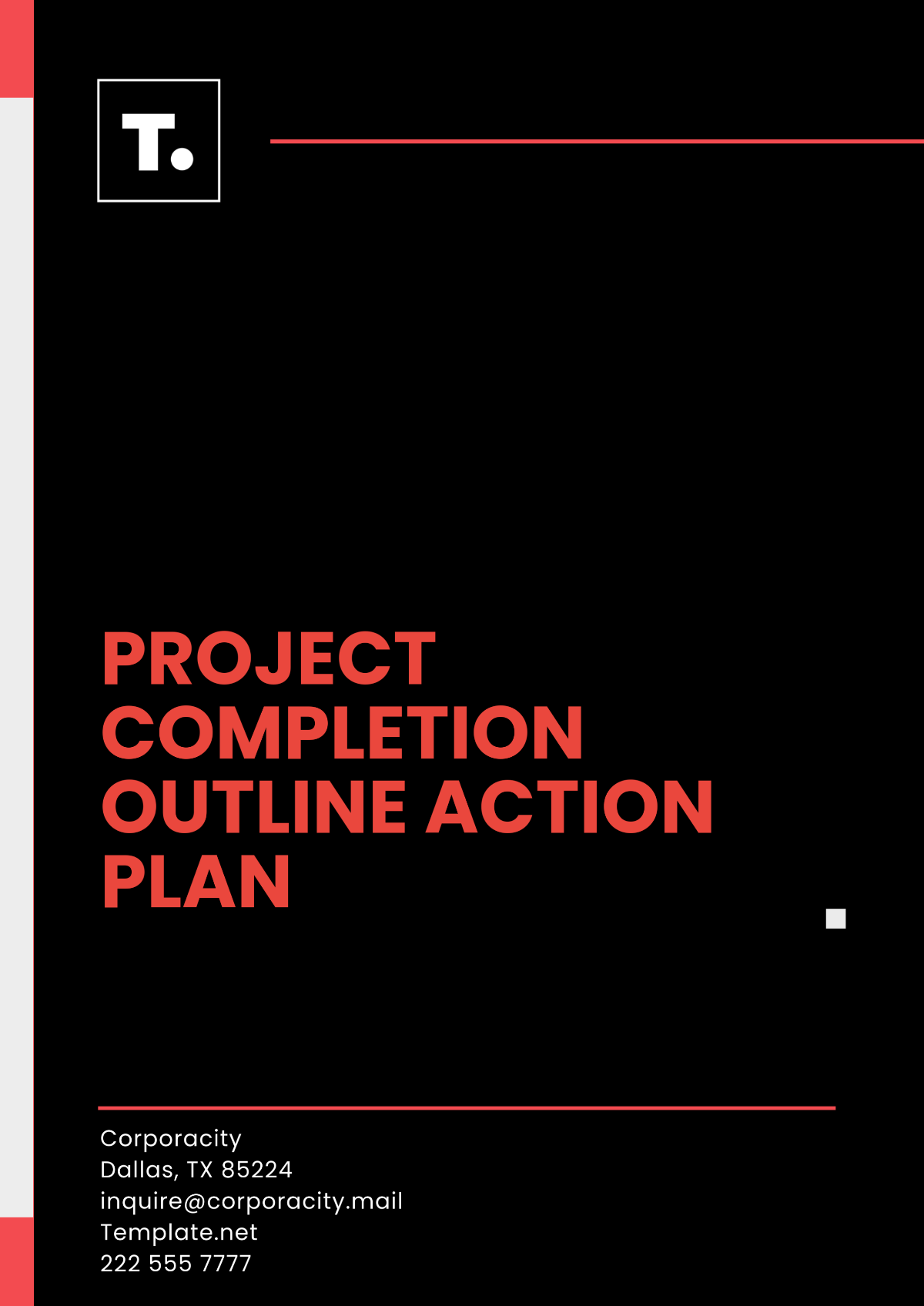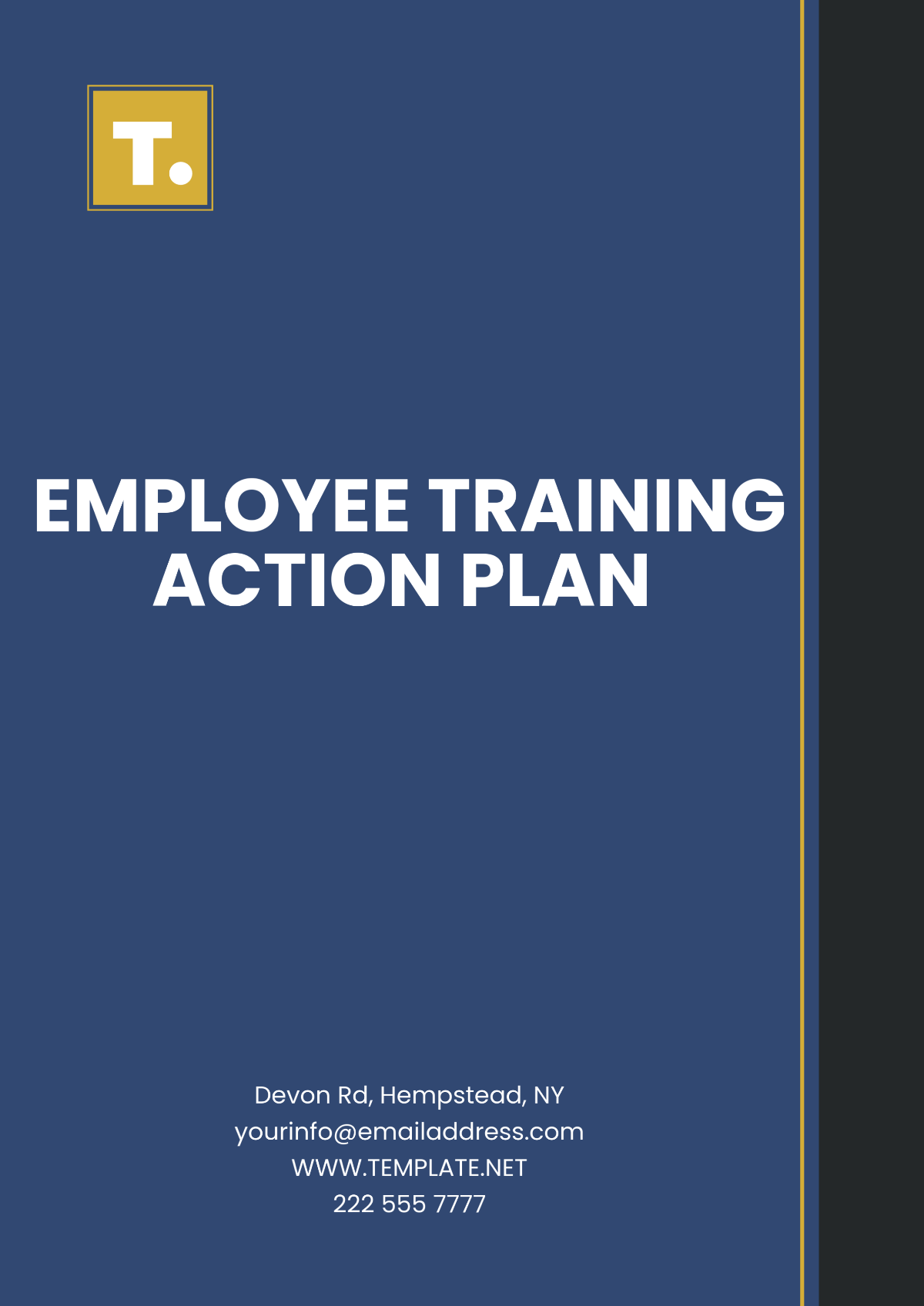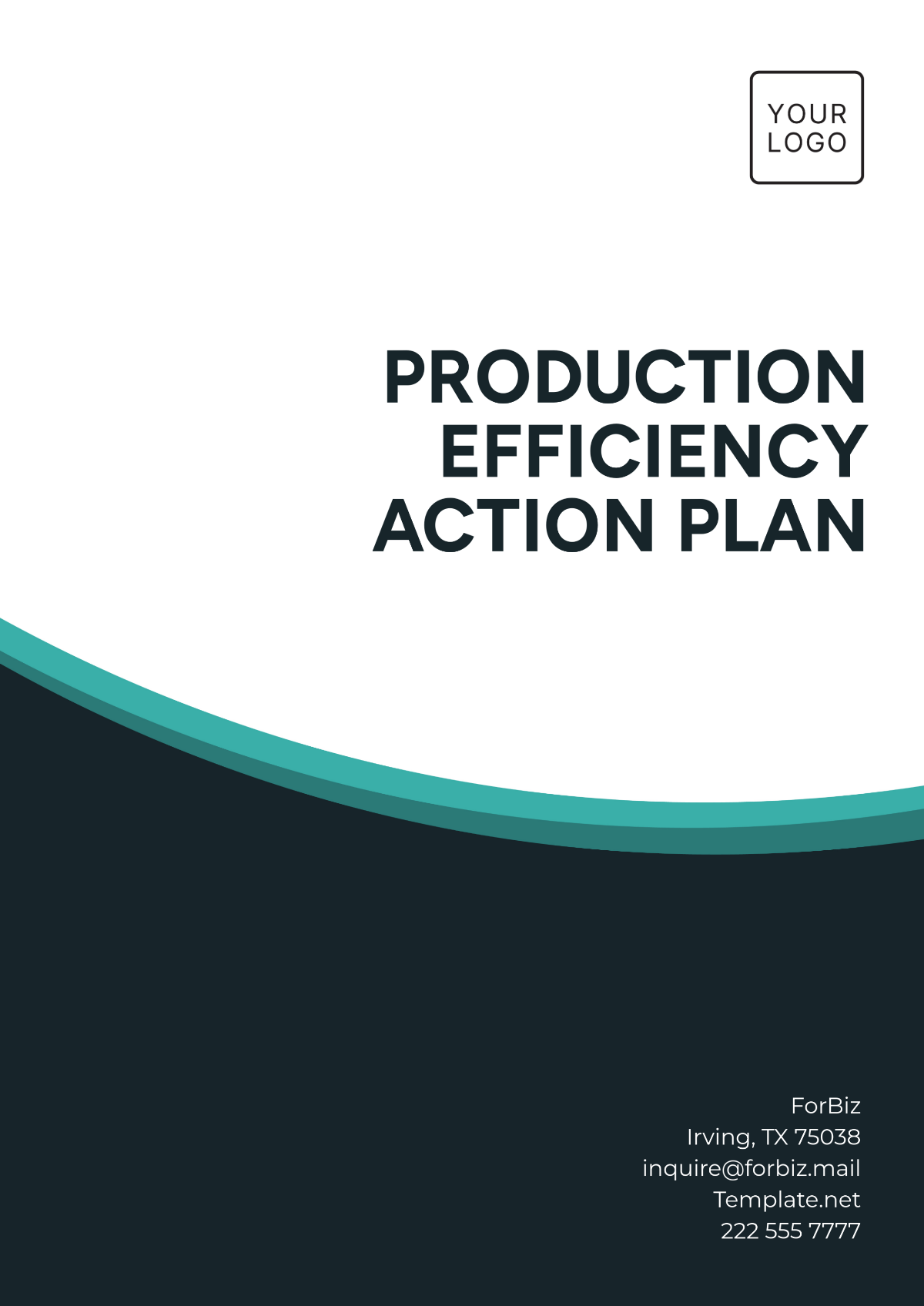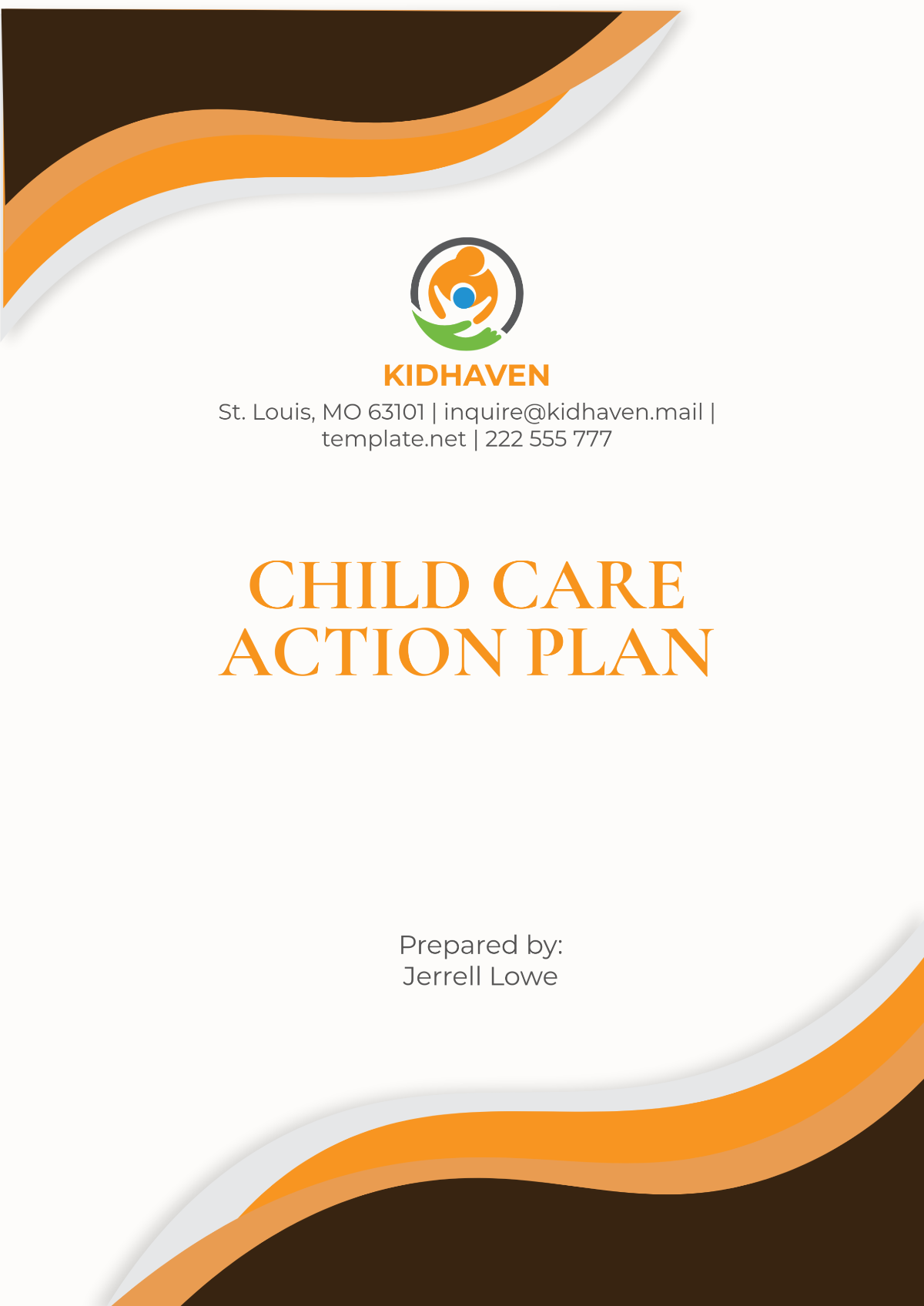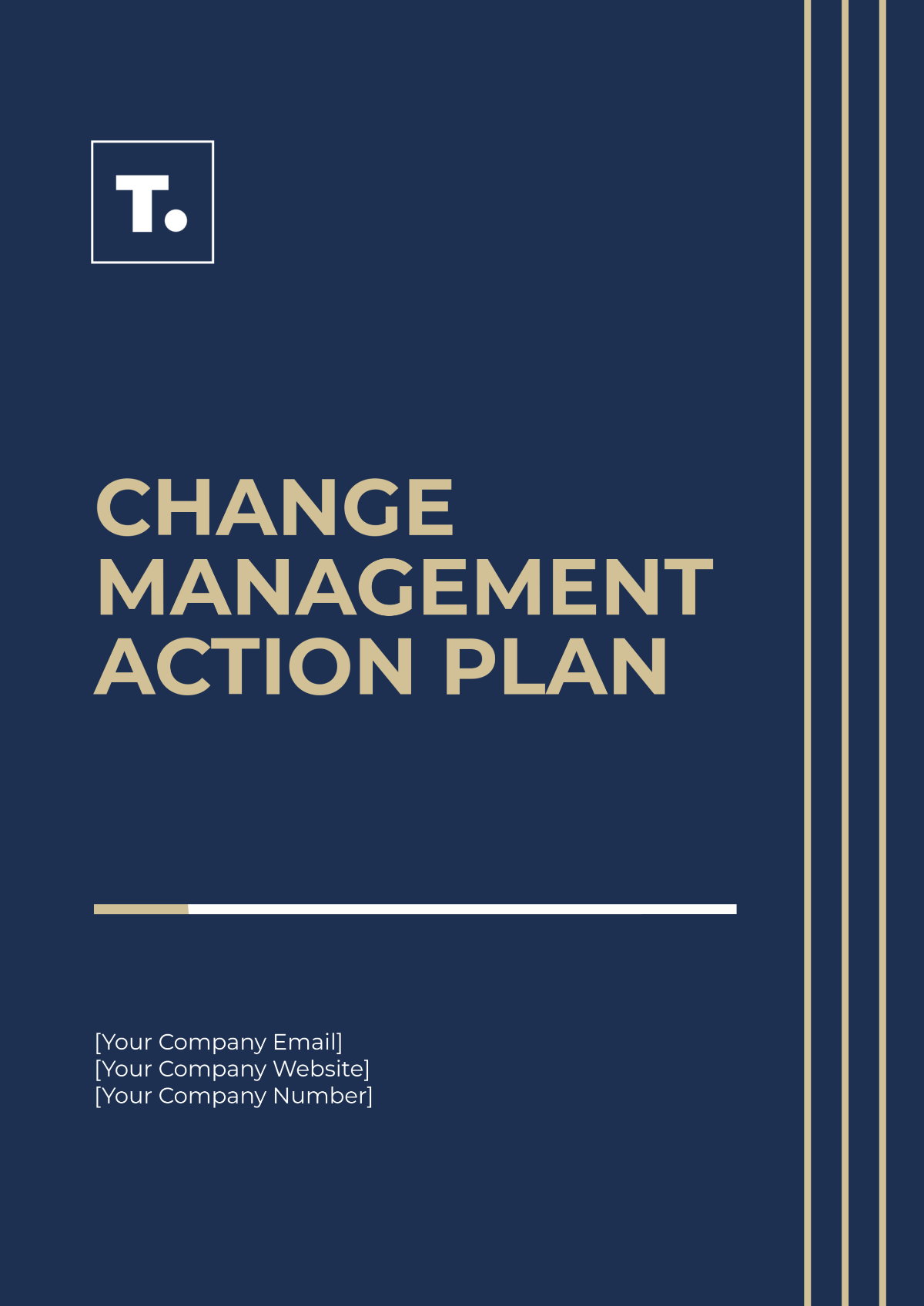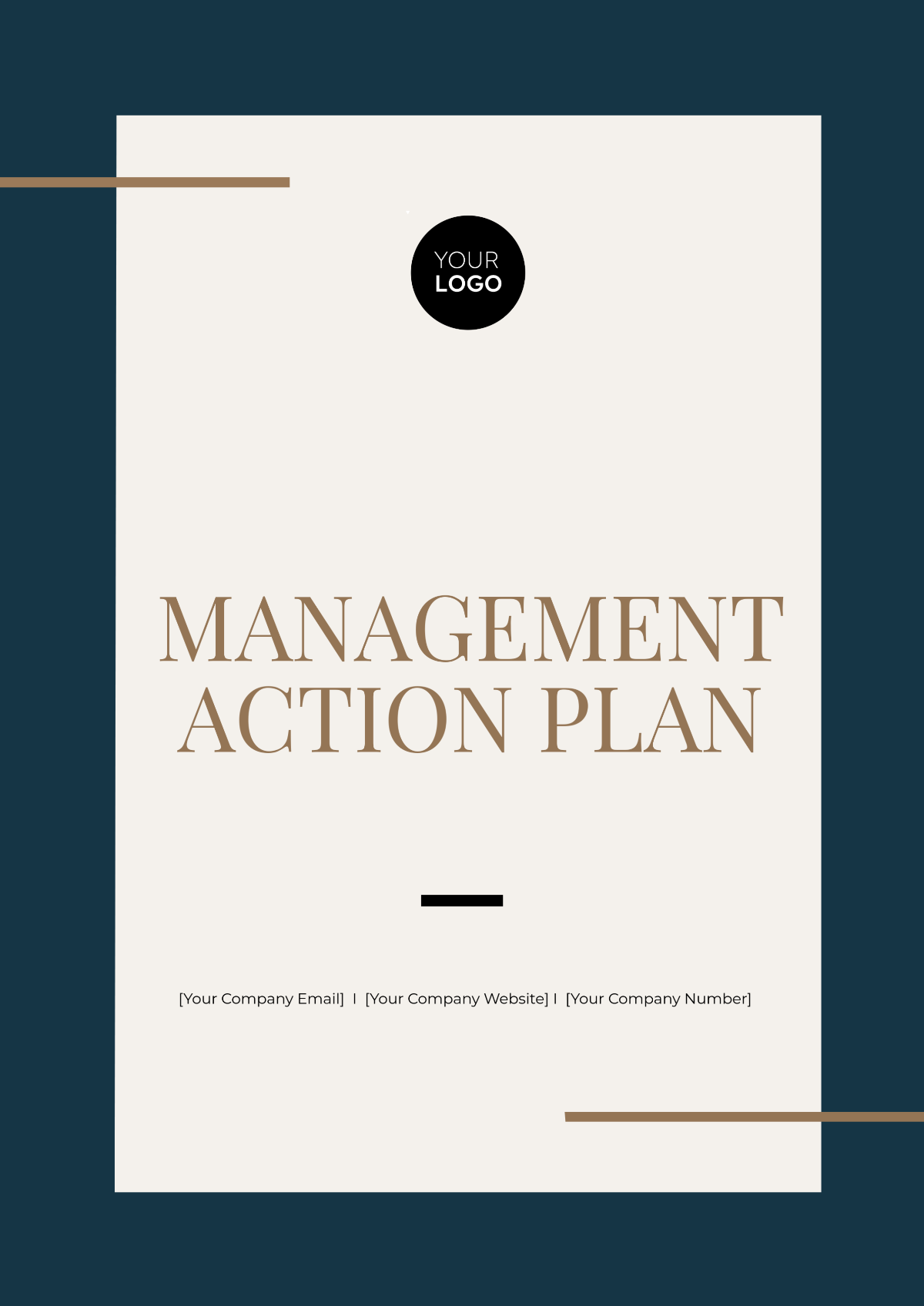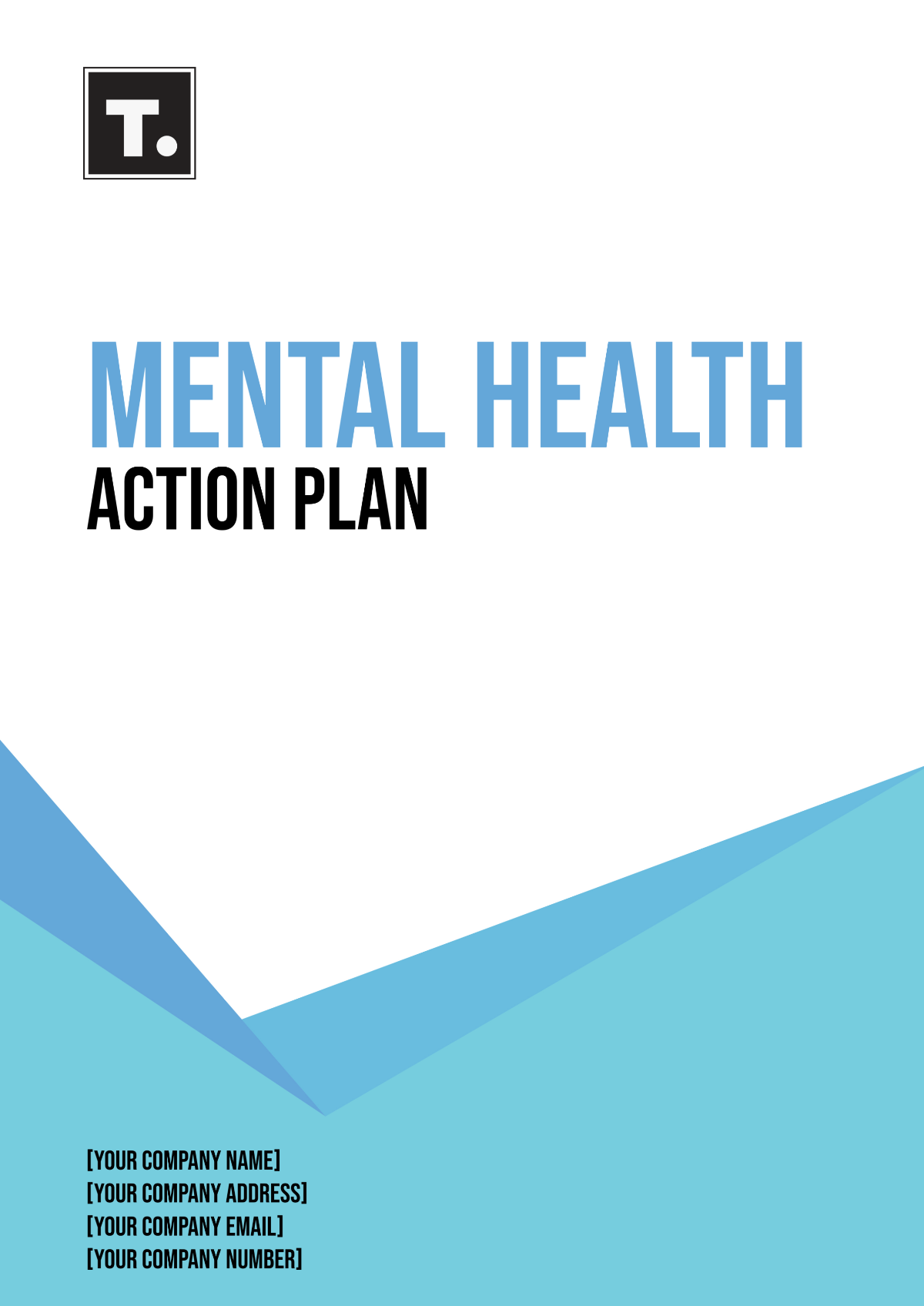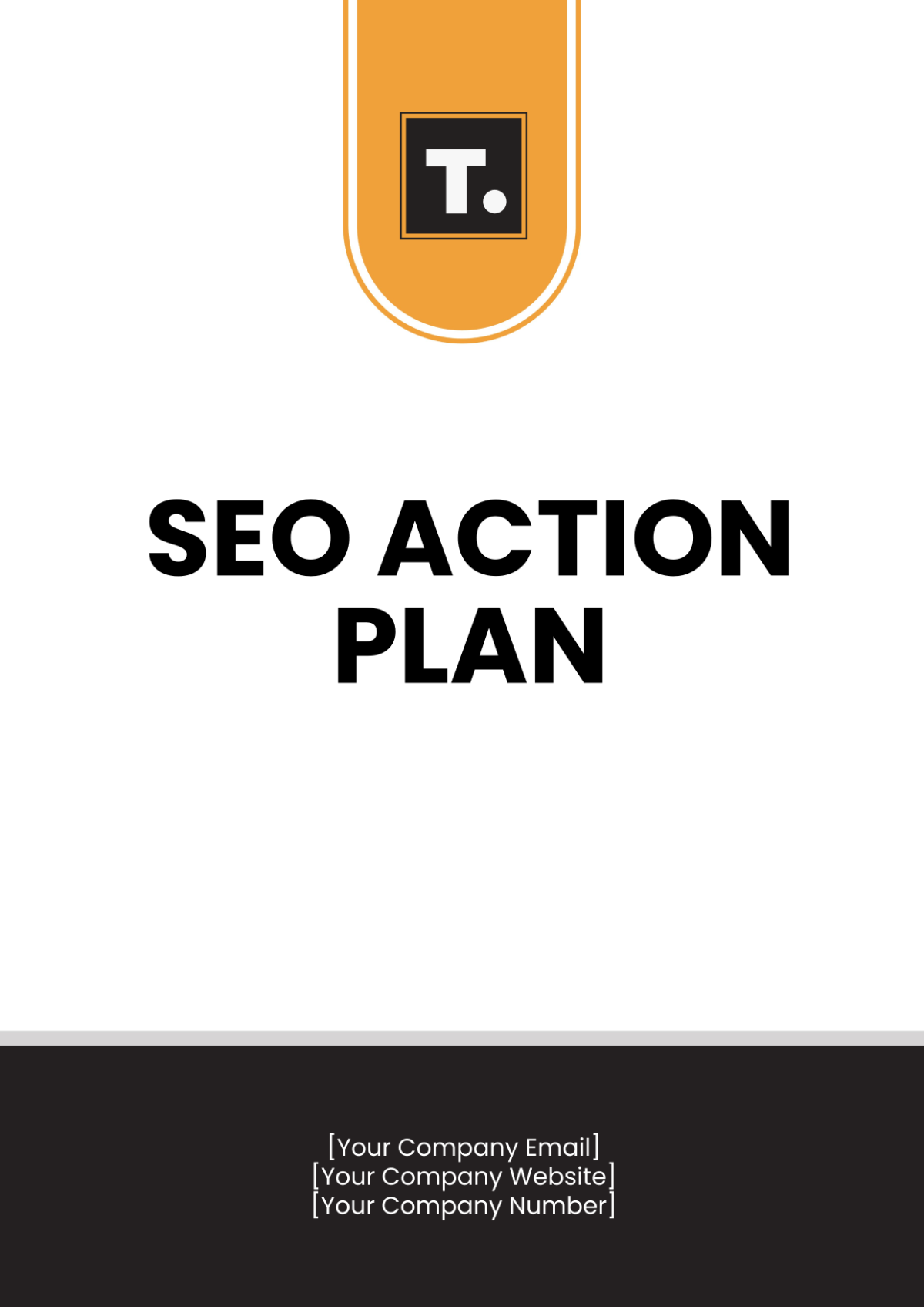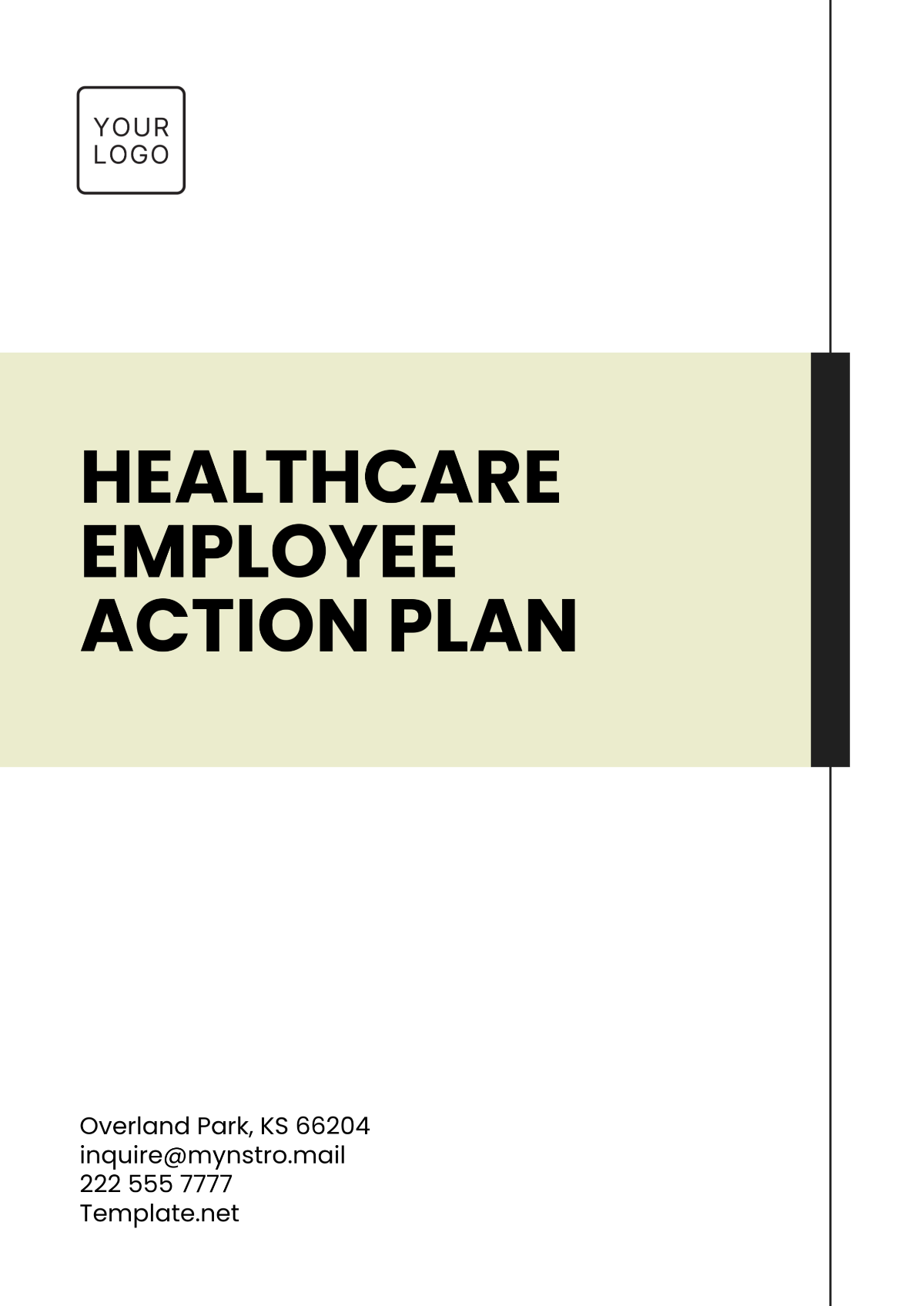QUARTERLY ACTION PLAN
Company: | [Your Company Name] |
Address: | [Your Company Address] |
I. Introduction
Welcome to the [Your Company Name] Quarterly Action Plan for [Quarter, Year]. This document serves as a guide for our strategic priorities, initiatives, and resource allocation for the upcoming quarter. By aligning our efforts with clear objectives, we aim to achieve growth and success in the months ahead.
II. Goals and Objectives
A. Sales Growth
Increase Revenue: Our primary objective is to boost revenue by 10% compared to the previous quarter, leveraging targeted sales strategies and marketing campaigns.
Expand Customer Base: We aim to acquire 100 new clients by identifying and targeting untapped market segments.
Enhance Customer Retention: Improving customer satisfaction and loyalty will be a focus, to increase retention by 15%.
B. Product Development
Launch New Features: We plan to introduce two new product features based on market research and customer feedback to meet evolving demands.
Improve Product Quality: Enhancing product quality through rigorous testing and refinement processes to exceed customer expectations.
Streamline Production: Optimizing production processes to reduce time-to-market by 20%, improving efficiency and agility.
C. Employee Development
Training Sessions: Providing comprehensive training sessions to enhance employee skills and competencies, ensuring alignment with organizational goals.
Employee Engagement: Promoting a positive work culture through team-building activities and initiatives to foster collaboration and morale.
Performance Review: Implementing a structured performance review process to recognize and reward top performers, driving motivation and productivity.
III. Action Plan
A. Sales Growth
Market Analysis: Conduct a thorough market analysis to identify growth opportunities and tailor sales strategies accordingly.
Targeted Marketing: Launching targeted marketing campaigns across various channels to reach potential customers effectively.
Sales Team Training: Providing specialized training to the sales team to enhance product knowledge and negotiation skills, improving conversion rates.
B. Product Development
Customer Feedback: Gathering insights from customer feedback surveys and interviews to inform product development decisions.
R&D Collaboration: Collaborating closely with the Research and Development team to develop and test new product features, ensuring innovation and relevance.
Quality Control: Implementing stringent quality control measures throughout the production process to maintain high product standards and reliability.
C. Employee Development
Training Workshops: Organizing regular training workshops and seminars to upskill employees in areas critical to their roles and career growth.
Team-Building Events: Planning team-building events such as retreats or off-site activities to foster stronger bonds and collaboration among team members.
Performance Evaluation: Establishing a transparent performance evaluation system to provide constructive feedback and recognition to employees, driving continuous improvement.
IV. Key Initiatives
A. Sales Growth
Revise Sales Strategies: Continuously evaluating and revising sales strategies to adapt to changing market dynamics and consumer preferences.
CRM Implementation: Deploying a Customer Relationship Management (CRM) system to streamline sales processes and enhance customer engagement and retention.
Referral Program: Launching a referral program to incentivize existing customers to refer new clients, leveraging word-of-mouth marketing.
B. Product Development
Cross-Functional Teams: Forming cross-functional teams comprising members from various departments to oversee product enhancement projects from ideation to implementation.
R&D Investment: Investing in research and development to innovate existing products and stay ahead of competitors in the market.
Supplier Collaboration: Collaborating closely with suppliers to source high-quality materials and components, ensuring the integrity and reliability of our products.
C. Employee Development
External Training Providers: Partnering with external training providers to offer specialized courses and certifications, enhancing employee skill sets and knowledge.
Mentorship Program: Establishing a mentorship program to pair experienced employees with junior staff members, facilitating knowledge transfer and professional growth.
Incentive Programs: Implementing incentive programs to recognize and reward top performers, fostering a culture of excellence and accountability.
V. Monitoring and Reporting
Regular monitoring and reporting of key performance metrics are essential to track progress toward our goals and objectives. Weekly or bi-weekly meetings will be held to review performance data, identify areas for improvement, and make necessary adjustments to our strategies. Utilizing project management tools and reports will ensure transparency, accountability, and alignment across teams.
VI. Resource Allocation
Initiative | Budget Allocation (USD) | Personnel Assigned |
|---|---|---|
Sales Marketing | $50,000 | Marketing Team |
Product Development | $100,000 | R&D Team, Production Team |
Training Programs | $20,000 | HR Department, Trainers |
VII. Timeline
Initiative | Start Date | End Date |
|---|---|---|
Sales Marketing | 01/04/2050 | 30/06/2050 |
Product Development | 15/04/2050 | 30/06/2050 |
Training Programs | 01/05/2050 | 30/06/2050 |
VIII. Risk Management
Identifying potential risks and developing contingency plans are crucial to mitigating potential disruptions to our quarterly objectives. Risks such as market volatility, resource constraints, or unexpected events will be assessed, and appropriate measures will be taken to minimize their impact. Regular reviews and updates of our risk management strategies will ensure resilience and adaptability in the face of uncertainty.
